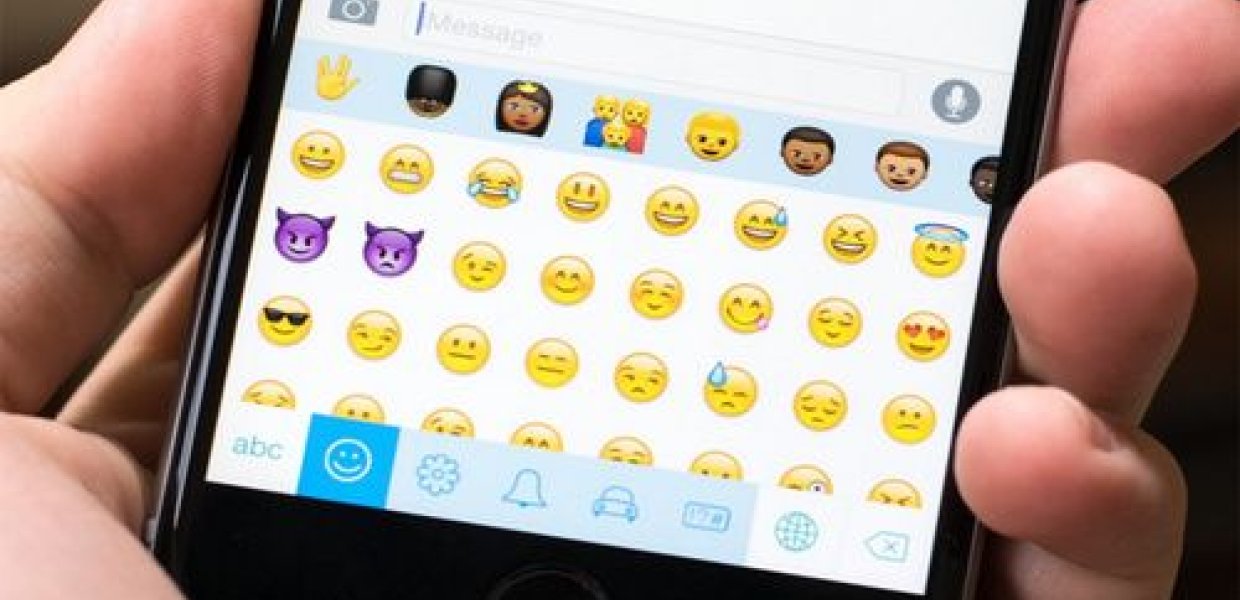The first emoji is said to be created in Japan in 1998. The word emoji comes from the Japanese e, meaning “picture” and moji , meaning “character.” Emojis have come a long way from their first introduction into the digital world in the 90s. Over the years, they have changed in size, color, and shape, and continue to become more advanced as the years go on. Importantly enough, they have also become an integral part of everyday conversation. Young or old, female or male, emojis are being used to convey emotions that words cannot.
Just how powerful can an emoji be? Kim Kardashian launched her ‘Kimoji’ keyboard in 2015. According to ETOnline.com, the $1.99 app was being downloaded at a rate of 9,000 times per second on its first day.
With social media and digital marketing being the leading way brands are reaching consumers in 2017, you may be wondering whether incorporating emojis into messaging can add a fun, creative element to your posts or decrease the legitimacy. Before you make that decision, here are a few things to consider:
Aesthetic
Make sure the emoji you use matches the overall tone of your brand. Be conscious about colors – you do not want the emoji to look out of place. It should blend naturally with the rest of your messaging aesthetic!
Do not confuse your audience
Are you striving to be viewed as a serious brand or relaxed and fun? Do you want a balance of both? Confusing messaging can repel users instead of pulling them in! If emojis simply do not fit within your brand – do not use them!
Get creative!
#DidYouKnow there are over 1,000 emojis on the current Apple and Android platforms? Instead of only using smiley faces - mix it up!
Experiment
Are you still unsure whether adding emojis to your messaging is the right idea? Start with a few and see how your users respond. Use analytics to track how those particular posts did and go from there.
Flickr/ Photo by portal gda.









